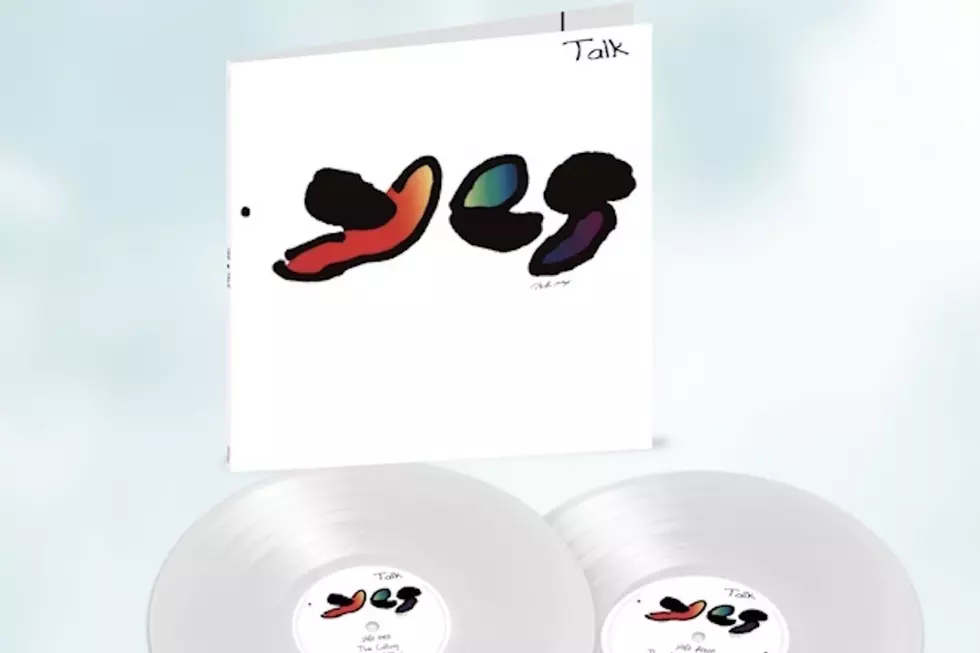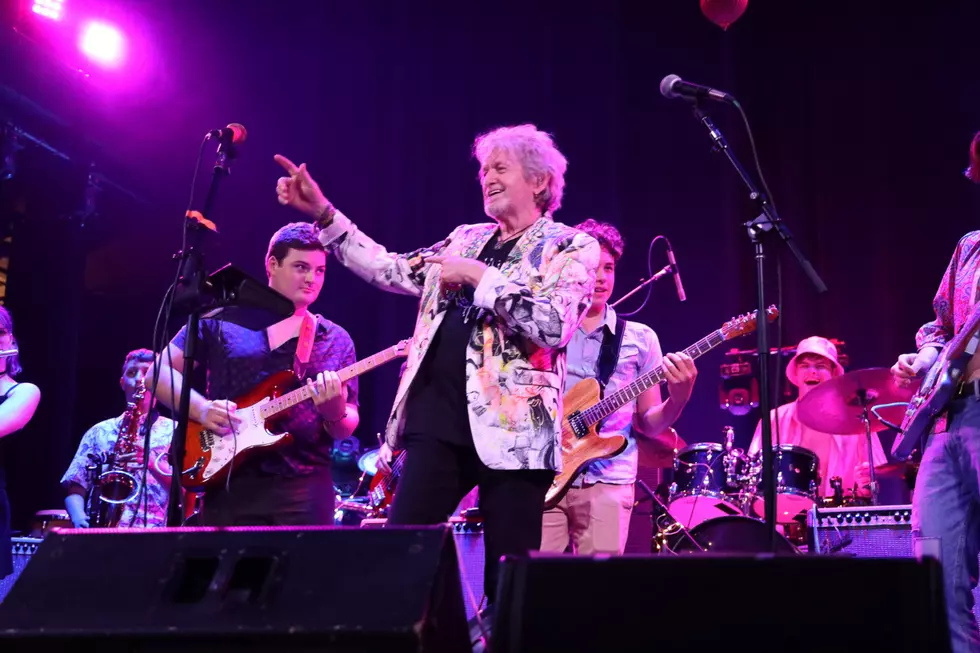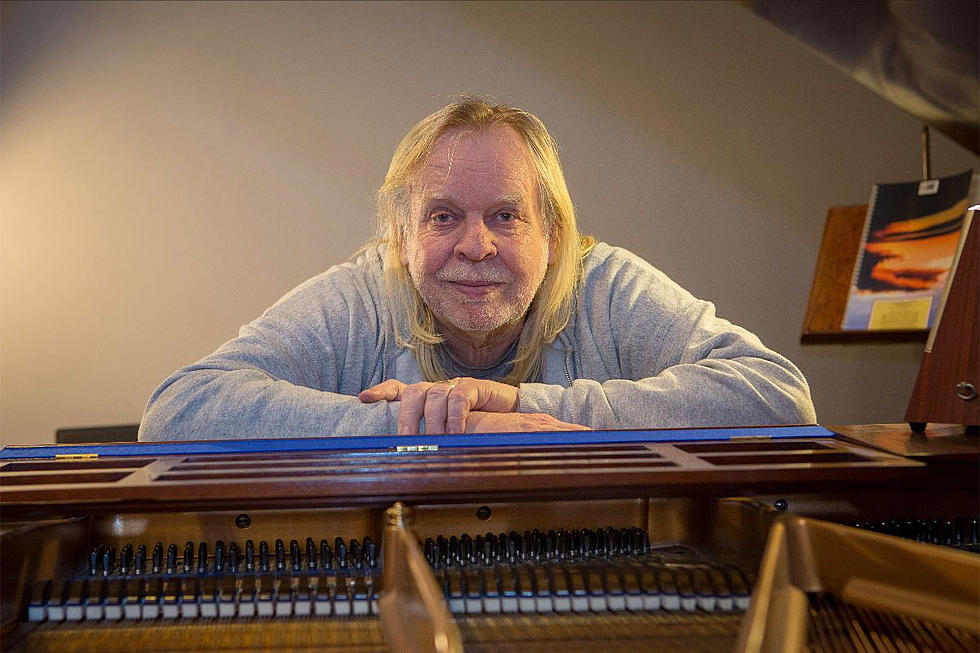
When Yes Entered a Transitional Phase With ‘Going for the One’
Yes were undeniably in a transitional state, both sonically and physically, on their eighth album.
Going for the One was originally released in July 1977, just as punk rock was reaching a critical and commercial apex – and just as prog was starting to vanish into the "dinosaur" dust bins. So, it wasn't a likely candidate for a hit album, and the departure of keyboard virtuoso Patrick Moraz (who added his jazz-fusion touch to Yes' prior album, Relayer) only made their prospects bleaker.
But the return of keyboard whiz Rick Wakeman in 1976 signaled a creative re-invigoration, helping Yes re-emerge with one of their finest albums in their rich catalog and one of prog's most overlooked treasures.
In September 1976, the quintet of Wakeman, vocalist Jon Anderson, bassist Chris Squire, guitarist Steve Howe, and drummer Alan White relocated to Montreux, Switzerland, recording at Mountain Studios (a prior recording spot for The Rolling Stones' Black and Blue and home to future sessions for the likes of Iggy Pop, David Bowie and Queen).
The majestic beauty of the surrounding Swiss Alps must have lightened the mood considerably (White and Anderson made the most of their luxurious setting with early morning ski trips), but there was also a deeper creative spirit running through the sessions. Earlier in the year, when band manager Brian Lane had played Wakeman two Anderson cassette demos (for "Wondrous Stories" and "Going for the One"), the keyboardist remarked that Yes were writing songs again.
Wakeman's exit from Yes following 1973's critically reviled Tales From Topographic Oceans wasn't particularly amiable: The keyboardist had attacked Yes in the British press in regards to their bloated studio indulgence – and on one infamous tour incident, he actually ordered a delivery curry meal onstage from behind his wall of keyboards, eating the food in protest of his bandmates' noodly racket.
Listen to Yes Perform 'Wonderous Stories'
Yet, by 1976, Wakeman found himself inspired by Yes' more focused, song-like direction, striking up a particularly fruitful rapport with Anderson, whose reliably cosmic lyrics and belted, atmospheric vocals remained at the forefront of the group's new material.
Indeed, Going for the One finds Yes striking a wonderful balance between the old and the new, retaining their adventurous, highly technical spirit but infusing it with a more clear-minded, radio-friendly approach. They hadn't exactly rolled with punk's punches, but they'd gutted their music of the aimless experimentation that plagued stretches of Relayer and Topographic Oceans.
The title track remains a fan favorite and live staple, surging with White's relentless tom-tom fills, Howe's rockabilly-inspired steel guitar riff, and Anderson's radiant vocal melody. "Turn of the Century" is arguably the band's finest ballad, with Wakeman's haunting piano lines and Squire's bass moans circling around another passionate Anderson vocal.
The centerpiece, however, was saved for the end: The 15-minute tribal-psych epic "Awaken" (which features Wakeman's massive church organ) is frequently ranked as the band's masterpiece. On his website bio, Anderson remarks, "I loved listening to 'Awaken!' At last we had created a Masterwork."
In many ways, Going for the One represents the end of an era – the final gasp of prog-rock glory before the genre's descent into streamlined production and watered-down ambitions. In the liner notes to the album's 2003 reissue, Howe remarks, "We felt marvelously fresh and excited, and the recording had a great feel about it," referring to Going for the One as "the Euro-rock album of all-time." It's a bold claim, but it's also hard to argue.
Top 50 Progressive Rock Albums
Steve Howe Released One of Rock’s Most Hated Albums
More From Ultimate Classic Rock









